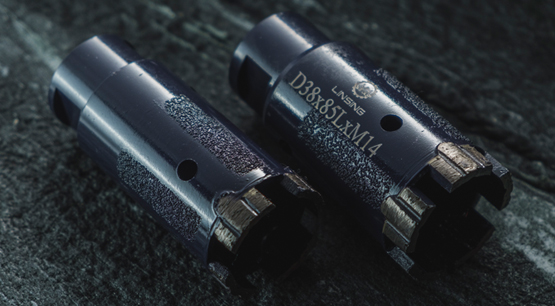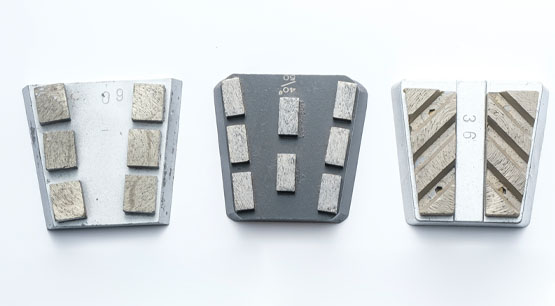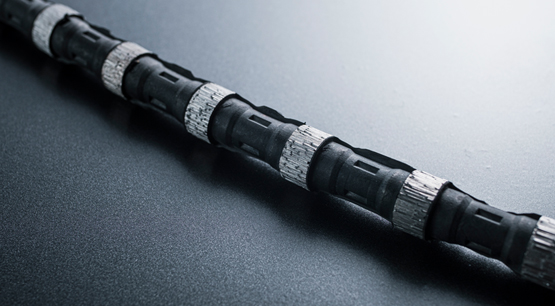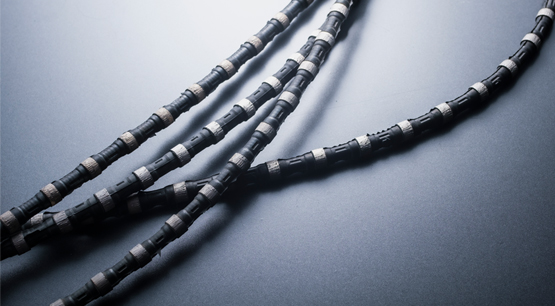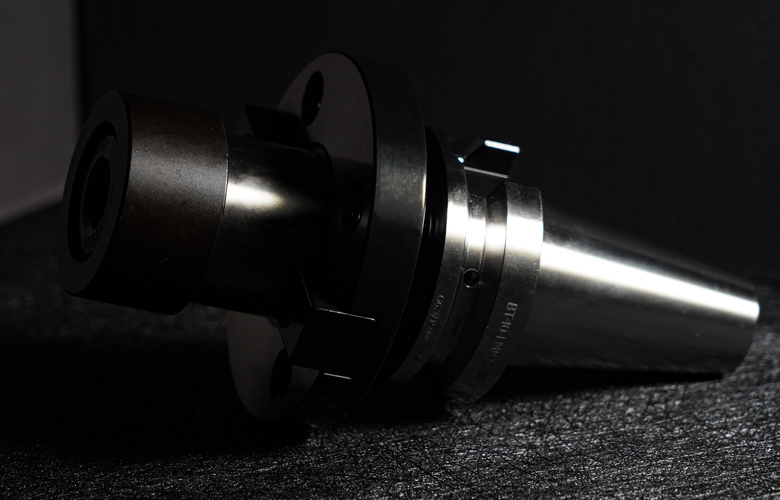Wire saw cutting is a versatile and efficient method used in various industries for cutting hard materials such as stone, concrete, and metals. One question that arises is whether wire saw cutting involves forward and reverse rotation, and if so, how these rotations impact the cutting process. This comprehensive explanation will delve into the principles of wire saw cutting, the concept of forward and reverse rotation, and their practical implications in different cutting scenarios.
I. Understanding Wire Saw Cutting
1. Basic Principles
Wire saw cutting involves a wire embedded with diamond particles that abrasively cut through materials. The wire is typically tensioned between two pulleys and driven by a motor, creating a continuous loop. As the wire moves, the diamond particles grind against the material, effectively cutting it.
2. Components of a Wire Saw
- Steel Wire: The core structure providing tensile strength and flexibility.
- Diamond Particles: Embedded along the wire, acting as the abrasive cutting medium.
- Pulleys and Tensioning System: Maintain wire tension and guide its movement.
- Motor: Drives the wire’s movement, either in a continuous loop or reciprocating motion.
II. Forward and Reverse Rotation in Wire Saw Cutting
1. Concept of Forward and Reverse Rotation
Forward and reverse rotation refers to the direction in which the wire moves during the cutting process:
- Forward Rotation: The wire moves in the direction initially set by the operator or machine design, typically clockwise or counterclockwise.
- Reverse Rotation: The wire moves in the opposite direction of the forward rotation.
2. Mechanisms Allowing Rotation Control
- Bidirectional Motors: Many modern wire saws are equipped with motors capable of operating in both forward and reverse directions.
- Control Systems: Advanced wire saws have programmable control systems allowing operators to switch between forward and reverse rotation based on cutting requirements.
III. Practical Implications of Forward and Reverse Rotation
1. Efficiency and Cutting Speed
- Forward Rotation: Often optimized for the initial setup, forward rotation generally provides consistent cutting speed and efficiency as it aligns with the machine’s default configuration.
- Reverse Rotation: Can be used to clear debris or reposition the wire, potentially improving cutting efficiency in complex scenarios where forward rotation alone might lead to clogging or uneven wear.
2. Wear and Tear on the Wire
- Forward Rotation: Consistent use of forward rotation might lead to uneven wear on the wire, especially on the leading edges of the diamond particles.
- Reverse Rotation: By periodically reversing the wire’s direction, wear can be more evenly distributed along the wire, extending its lifespan and maintaining cutting performance.
3. Material Removal and Debris Management
- Forward Rotation: Typically more effective at initial material penetration and continuous cutting but can lead to debris accumulation if not managed properly.
- Reverse Rotation: Useful for dislodging and removing debris, ensuring a cleaner cutting path and reducing the risk of overheating or wire damage.
IV. Application Scenarios for Forward and Reverse Rotation
1. Stone and Concrete Cutting
- Forward Rotation: Commonly used for continuous, straight cuts in large stone blocks or concrete structures.
- Reverse Rotation: Employed intermittently to clear debris and prevent overheating, especially in deep cuts where debris accumulation can be significant.
2. Metal Cutting
- Forward Rotation: Efficient for cutting through various metals, providing consistent cutting speed and precision.
- Reverse Rotation: Helps in clearing metal shavings and preventing clogging, ensuring smoother cuts and reducing the risk of wire breakage.
3. Complex Shaping and Contour Cutting
- Forward Rotation: Preferred for straightforward cuts following predefined paths.
- Reverse Rotation: Essential for intricate shapes and contours, allowing for more precise control and adjustments during the cutting process.
V. Case Studies and Practical Examples
1. Quarrying and Mining
In large-scale quarrying and mining operations, wire saws are often used to cut through massive stone blocks. Forward rotation is used for the primary cutting operation, while reverse rotation is periodically employed to clear stone dust and debris, maintaining cutting efficiency and reducing wire wear.
2. Construction and Demolition
During the demolition of reinforced concrete structures, wire saws are used to make precise cuts through concrete and rebar. Forward rotation provides the necessary cutting power, while reverse rotation helps manage the accumulation of concrete slurry and metal shavings, ensuring cleaner and more efficient cuts.
3. Manufacturing and Fabrication
In manufacturing settings, particularly in the aerospace and automotive industries, wire saws are used to cut complex shapes from metal and composite materials. The ability to switch between forward and reverse rotation allows for greater precision and adaptability, ensuring high-quality cuts and reducing material wastage.
VI. Technical Considerations and Best Practices
1. Choosing the Right Wire Saw
Selecting a wire saw with bidirectional capabilities is crucial for applications requiring forward and reverse rotation. Ensure the motor and control systems support seamless switching between directions.
2. Optimizing Cutting Parameters
Adjust cutting parameters such as speed, tension, and coolant flow to optimize performance in both forward and reverse rotations. Regular monitoring and adjustments can enhance cutting efficiency and extend wire life.
3. Maintenance and Care
Regular maintenance of the wire saw, including inspecting the wire for wear, ensuring proper tension, and maintaining clean pulleys and guides, is essential for optimal performance. Employing reverse rotation as part of routine maintenance can help distribute wear evenly and prevent premature wire failure.
VII. Conclusion
Wire saw cutting, whether employing forward or reverse rotation, offers significant advantages in terms of efficiency, precision, and adaptability. Understanding the principles and practical implications of these rotational modes allows operators to maximize the performance and lifespan of their wire saws across various applications.
Forward rotation is typically used for continuous and straightforward cuts, providing consistent cutting performance. Reverse rotation, on the other hand, plays a crucial role in debris management, wear distribution, and handling complex cutting scenarios. By strategically combining both modes, operators can achieve superior cutting results, extend the lifespan of their tools, and maintain high standards of efficiency and precision in their cutting operations.
In summary, the ability to utilize both forward and reverse rotation in wire saw cutting significantly enhances the versatility and effectiveness of this cutting method, making it indispensable in industries ranging from quarrying and construction to manufacturing and fabrication.




